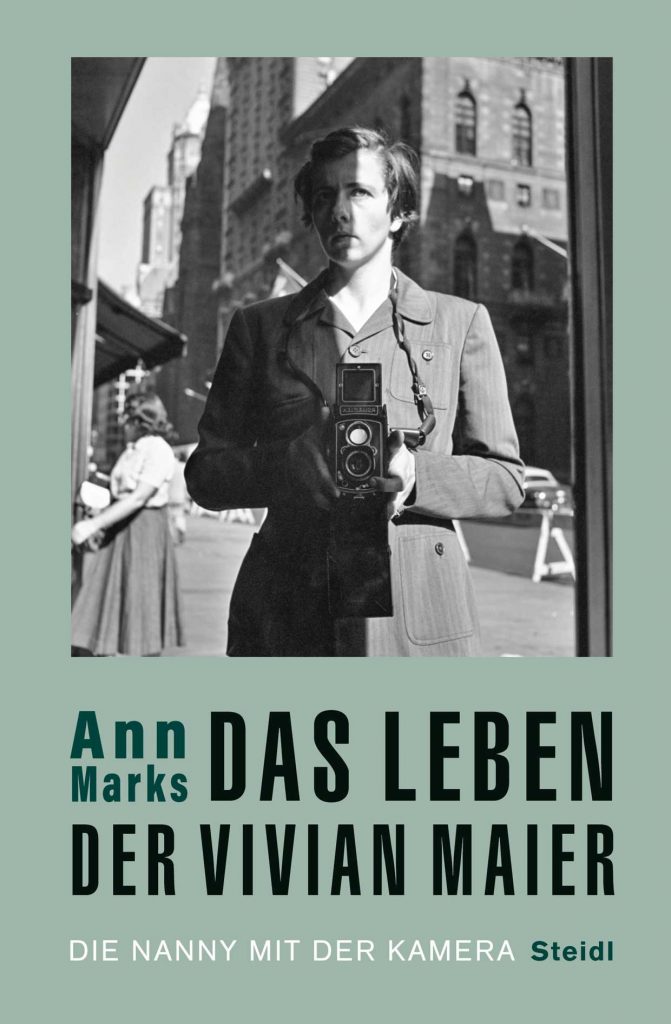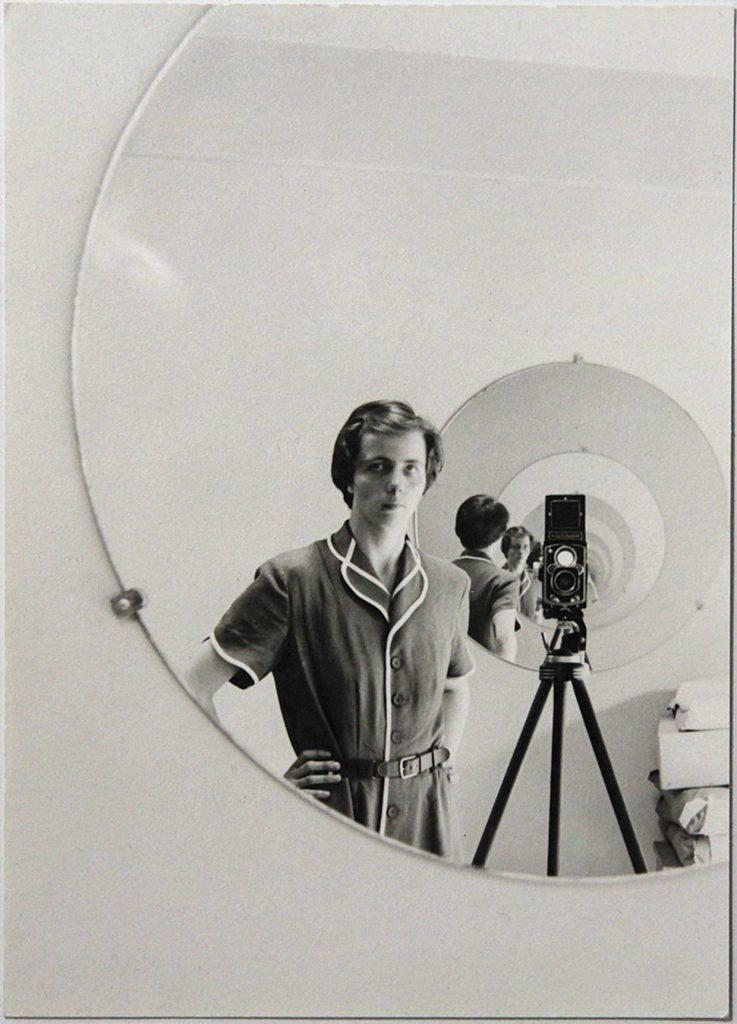
A decade ago, experts and the general public were surprised by the impressive photographic work of a previously unknown artist: Vivian Maier. With her camera, she told everyday stories from New York and Chicago by capturing decisive and often bizarre moments on the street. Her photos document real life in the United States from the 1950s onwards in the most impressive way. Although she had no photographic training and no interest in presenting her extraordinary skills to a wider audience, her work has attracted unprecedented posthumous attention.
Biography as film and book
In addition to Vivian Maier’s surprising work, her discovery provided enough material for the 2013 Oscar-nominated documentary Finding Vivian Maier. Unemployed estate agent John Maloof stumbled across a gem by chance when he bought a box of Maier’s negatives at auction, triggering an avalanche. In October 2009, as a hitherto photographic layman, he asked in Flickr’s Hard Core Street Photography Forum: “Is this kind of work worthy of an exhibition or a book? Or do works like this happen often?”
The search for Vivian Maier and the meticulous research of her biographer Ann Marks have brought numerous pieces of the puzzle of Vivian Maier’s problematic life circumstances to light. After six years of intensive detective work, the book Vivian Maier Developed: The Untold Story of the Photographer Nanny was written. It is captivating and even really exciting at the end. Nevertheless, it leaves the reader enough room for their own interpretations.
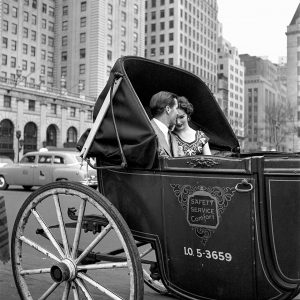
The biographer devotes a great deal of time to researching Vivian Maier’s family history and her personal environment. Apart from some of the children she looked after, Vivian Maier had hardly any personal ties to other people. Anyone who sees her sometimes distant, but often ironic pictures today would like to know more about Vivian Maier and her ability to create such masterpieces. During her lifetime, however, no one was able to do so, as she only took photographs for herself and showed no interest in experiencing the effect of her pictures.
Contradictions and coincidences
Vivian Maier was obsessed with photography, but had no professional goals as a photographer. She is only known to have worked on one commission, for which she noted the sale price of $1.00 on the negative sleeve. She collected her photographs of street scenes in cardboard boxes and did not even develop the exposed films at the end. Her gainful employment as a nanny seemed to be adequate and could be easily reconciled with the time she had available each day for photo stalking while the children were at school. Joint exploratory walks may be exciting for some children, but the reality of carcasses in a cattle yard was not exactly child-friendly. The best documented is the good relationship with the Gensburg family, whose three sons Vivian Maier looked after for eleven years from 1956 to 1967. However, the Gensburgs only found out about the extent of Vivian’s street photography after her death through John Maloof.
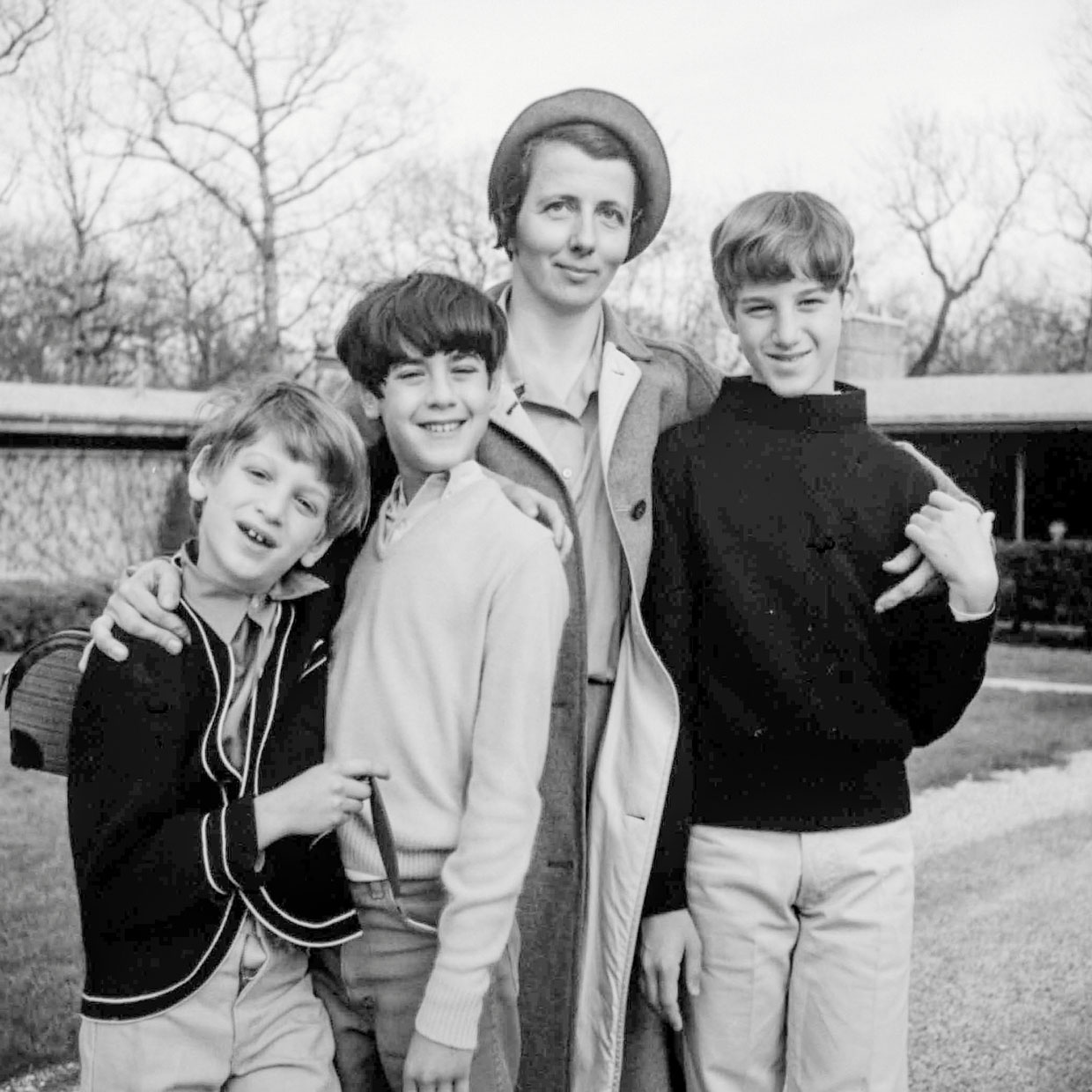
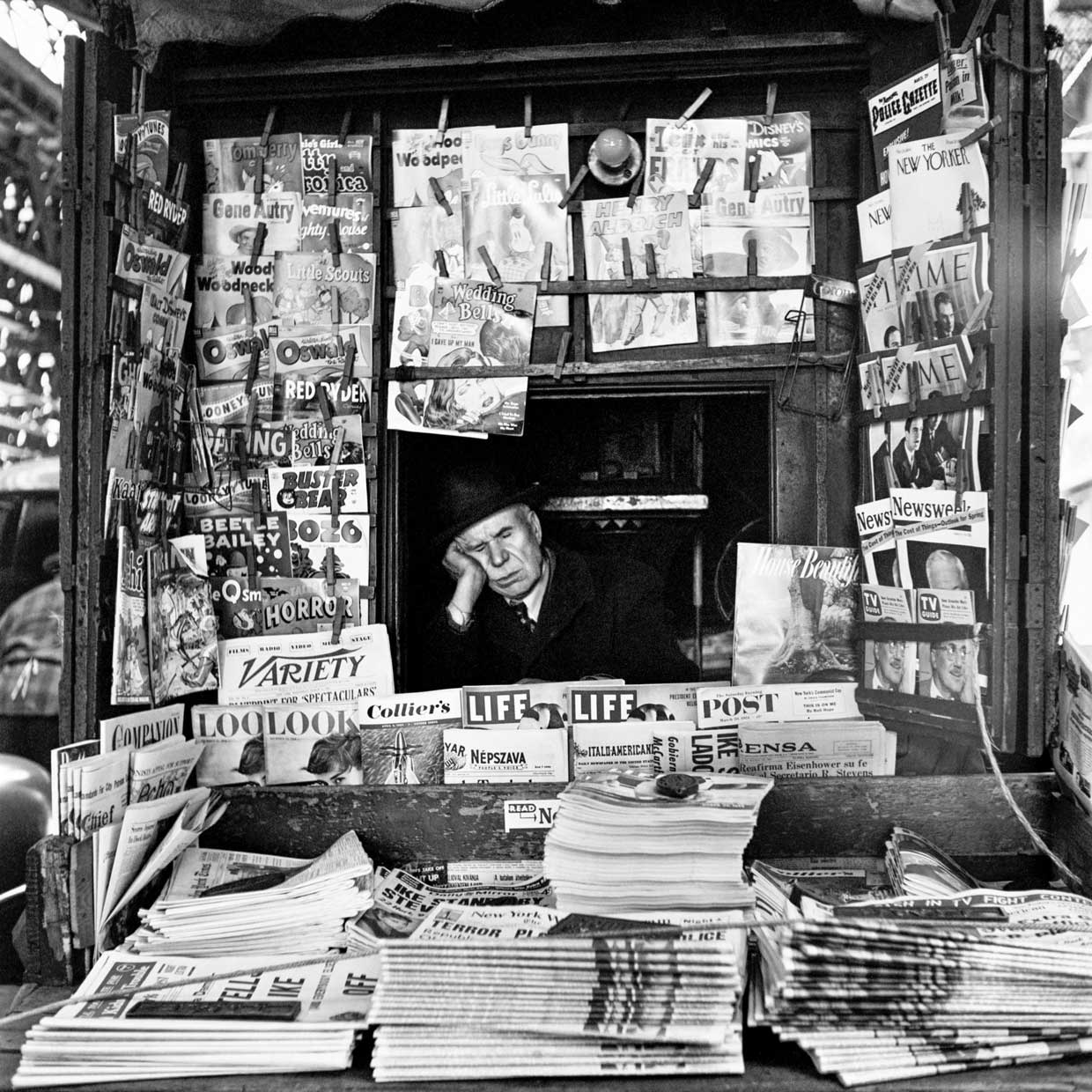
Good street photographers comment on the everyday life of their time through their choice of subject, image composition and the right moment. They find their personal signature not so much through professional photographic training, but through the learned ability to be unobtrusive and make quick decisions. Typical: the sleeping newspaper vendor in his kiosk framed by comics and news about glamor and terror. In Vivian Maier’s case, however, this inconspicuousness was often accompanied by a boldness with which she was able to photographically expose some people without regard for personal rights.
Estate, copyright and curation
Legal issues almost prevented Vivian Maier’s estate from remaining accessible to the public. John Maloof, the discoverer of Maier’s photographs, is in his own way similarly obsessed as she is. He devotes the energy she put into working with her camera to cataloging and curating the collection. Controversies about pictures that no one else had saved threatened to sabotage everything as soon as the world became interested in Vivian Maier.
The second strength of Ann Marks’ book, in addition to tracing Vivian Maier’s life, is the fact-based documentation of the handling of her estate. She herself was not burdened with all the issues that were disputed after her death. At least a foundation is now ensuring that Vivian Maier’s work no longer has to languish in boxes. In 2017, John Maloof bequeathed a collection of Vivian Maier’s camera equipment and 500 photographic prints to the University of Chicago. Thus, apart from completely inappropriate financial considerations, it is possible to explore how Vivian Maier herself probably wanted her photographs to be processed.
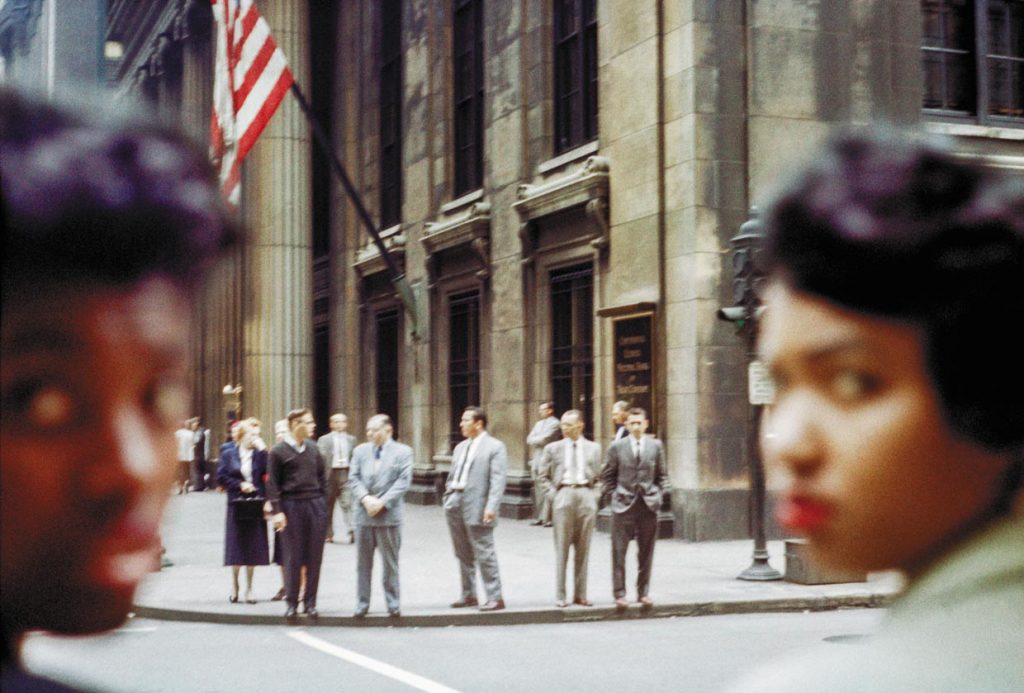
The personal Vivian Maier moment in Chicago
During a stay in Chicago, we discover Vivian Maier’s pictures in the foyer of the Raddisson Blu Aqua Hotel. Black and white photos from the booming metropolis of the post-war period. With no cult of personality and only the slogan of a neon sign “… because every picture tells a story”, the silent witnesses of the time hang on the brick wall of the modern architecture. After all I have learned about this extraordinary artist in the meantime, she would probably agree with this restrained presentation of her works.
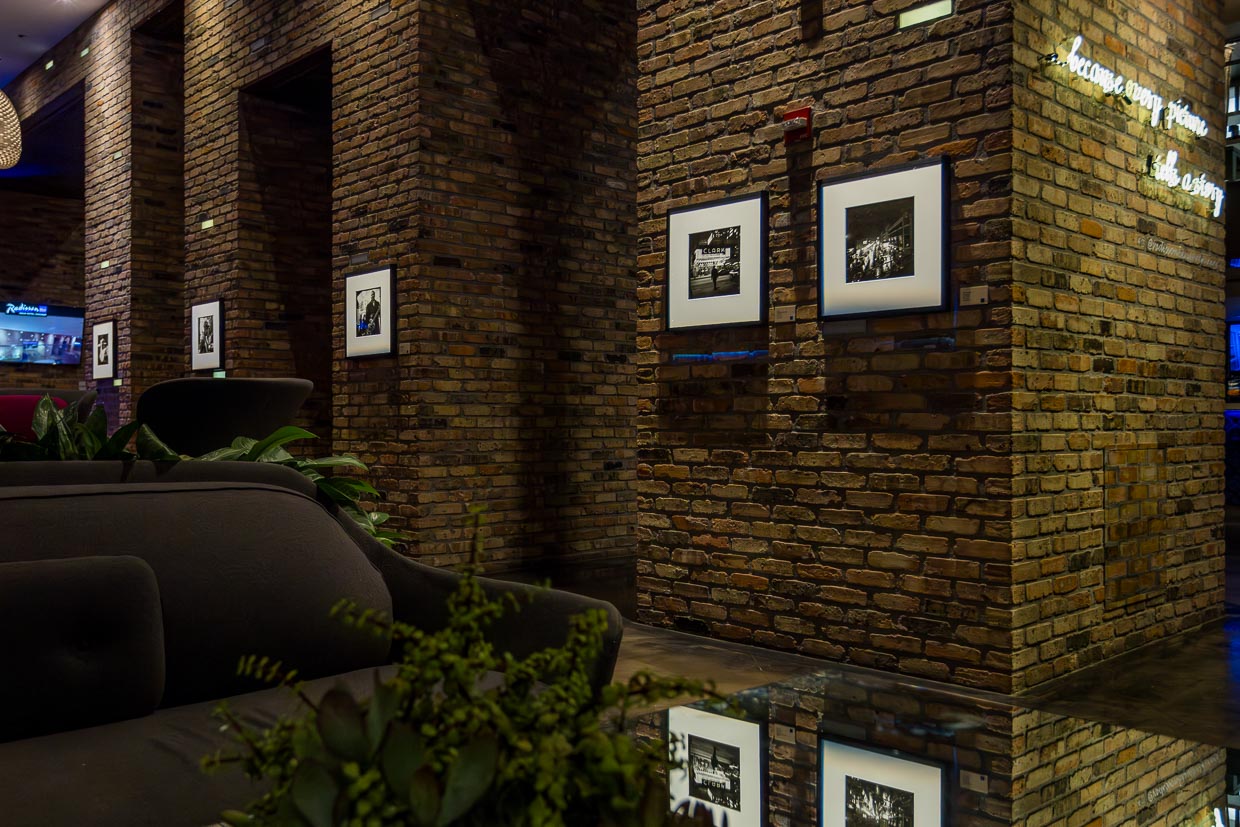
There are over 400 skyscrapers in Chicago. In addition to the architecture above ground, there are also remarkable constructions below ground. The Chicago Riverwalk and the Chicago Pedway are two attractions that are exclusively for pedestrians. The Pedway can be accessed directly from the lobby of the Radisson Blu Aqua. In Chicago, no one has to eat at fast food chains. Three food tips that combine food with culture and history. From fictitious sandwich stalls to the Queen of Chicago.

